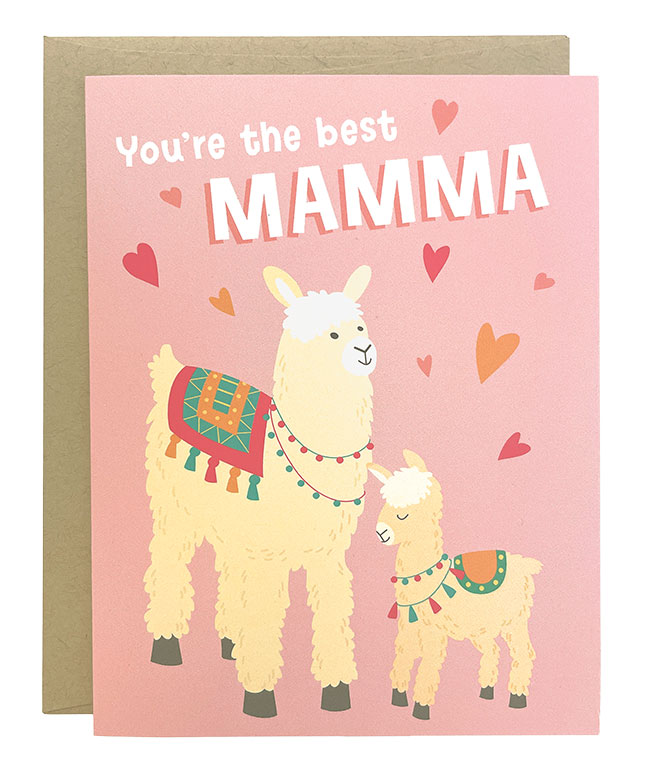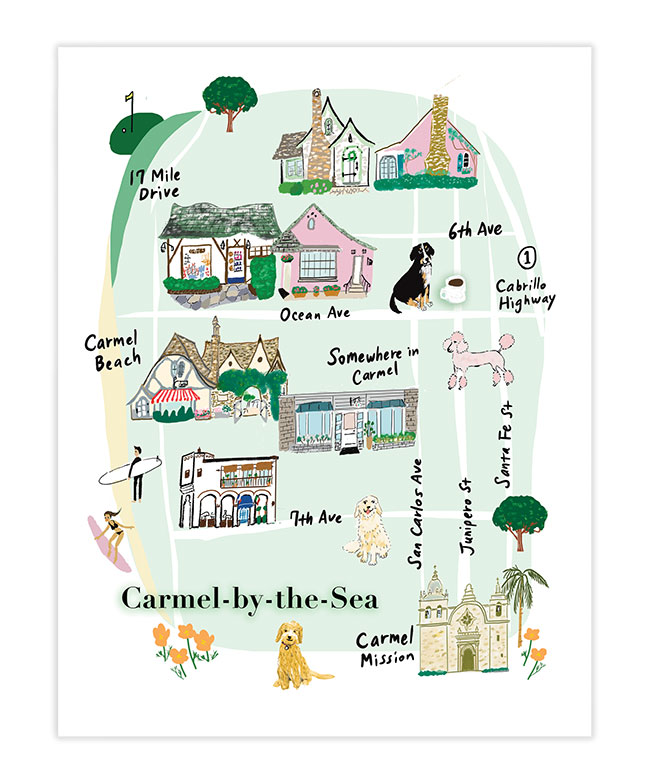News
March 6, 2024
NRF: Inflation and interest rates remain key
Inflation and the Federal Reserve’s efforts to bring it under control will continue to play a major role in the economy this year, said Jack Kleinhenz, chief economist at the National Retail Federation (NRF).
 “With the U.S. economy’s strength resting heavily on household spending, all eyes are on the consumer — and how consumers will respond the next few months to the Federal Reserve’s ongoing efforts to tame inflation,” Kleinhenz said. “While inflation is down from its peak, it has slowed less than expected and is still an important problem that remains to be solved.”
“With the U.S. economy’s strength resting heavily on household spending, all eyes are on the consumer — and how consumers will respond the next few months to the Federal Reserve’s ongoing efforts to tame inflation,” Kleinhenz said. “While inflation is down from its peak, it has slowed less than expected and is still an important problem that remains to be solved.”
Kleinhenz’s comments came in the March issue of NRF’s Monthly Economic Review, which said January’s 3.1% year-over-year inflation as measured by the Consumer Price Index was an improvement from December’s 3.4% but “still a considerable distance” from the Fed’s target of 2%. The Personal Consumption Expenditures Price Index — which is the Fed’s preferred measure of inflation and factors in substitutions consumers make as prices change along with a broader range of expenditures — showed inflation at 2.4% in January, compared with 2.6% in December.
Kleinhenz said a key issue is the difference between prices for services, which were up 4.9% year over year in January, and commodity-based prices (including retail goods), which were up only 0.1% for the same period, according to the CPI. Following a surge in spending on goods while Americans were stuck at home during the initial months of the pandemic, spending is moving back toward services. As of the fourth quarter of 2023, 65% of consumer spending was on services, which was short of 68% in the fourth quarter of 2019 but up from the pandemic low of 63% in April 2021.
Overall consumer spending dipped in January due to a decline in spending on goods and lower prices for goods even though there was a rise in services spending and prices for services were elevated.
“The persistent strength in services spending and inflation in the service sector strongly suggest that the Fed will likely be cautious about rate cuts,” Kleinhenz said.
Fed Chairman Jerome Powell said recently that non-housing services (health care, financial services and insurance, restaurants and transportation) are important to watch as a guide to inflationary trends. Those services make up 55% of the PCE index and have labor as their highest cost. Powell said services face a challenge because of the current labor market, which has “very high” wages and job growth, “quite elevated” vacancies and an imbalance between supply and demand.
In January, the Fed left interest rates unchanged for the fourth straight time over about seven months, according to NRF. The central bank’s Federal Open Markets Committee said its employment and inflation goals “are moving into better balance” but also that it would not be appropriate to reduce rates until it has gained greater confidence that inflation is moving sustainably toward 2%.
Kleinhenz said he expects the Fed to hold rates steady in March but then cut rates by a quarter of a percentage point either at the FOMC’s meeting at the end of April or at its June meeting. If inflation indicators remain stronger than preferred, the mid-year scenario is more likely. Subsequent cuts in September and December could bring the total reduction in rates to between three-quarters of a percentage point and a full point, he said.



















